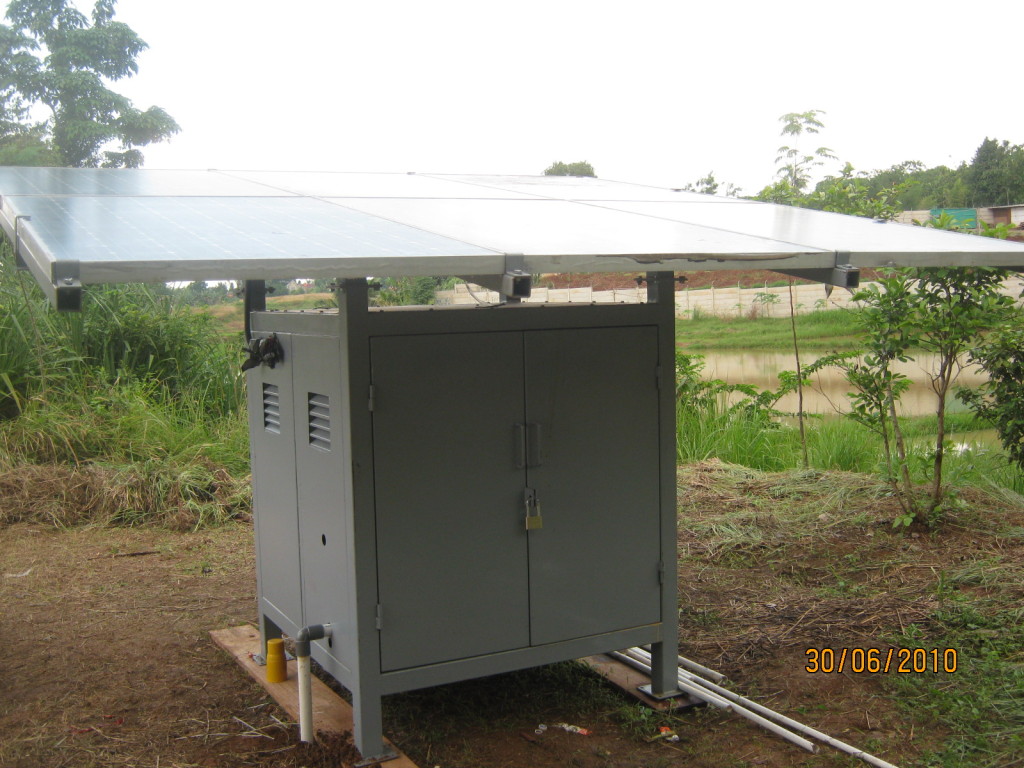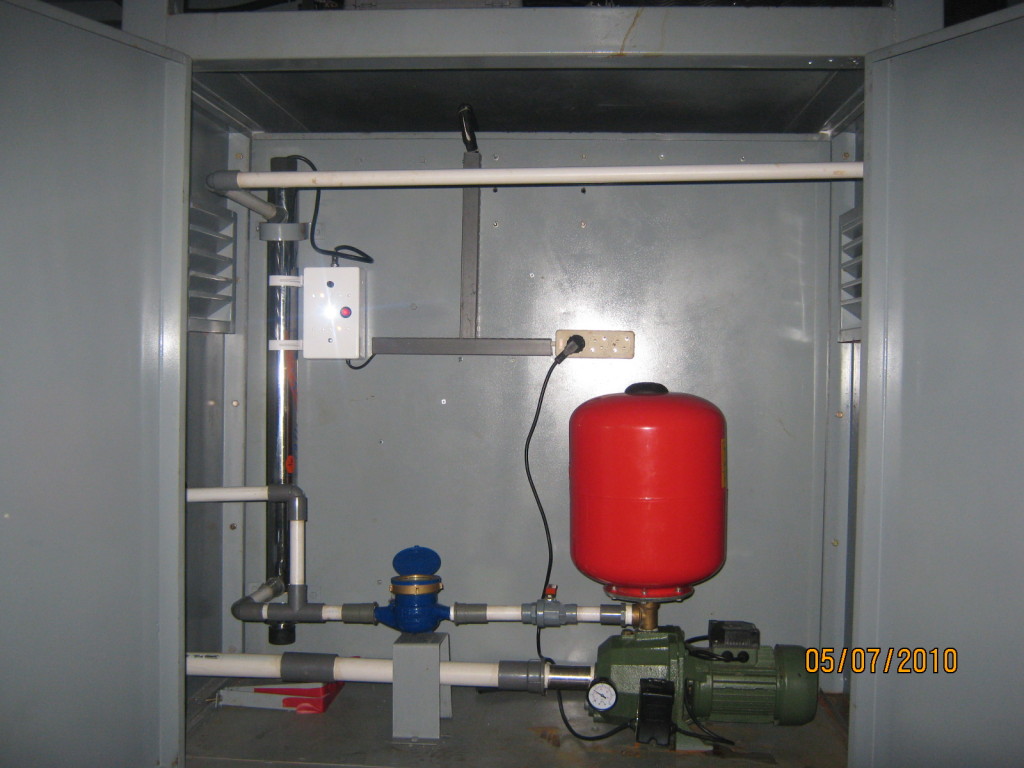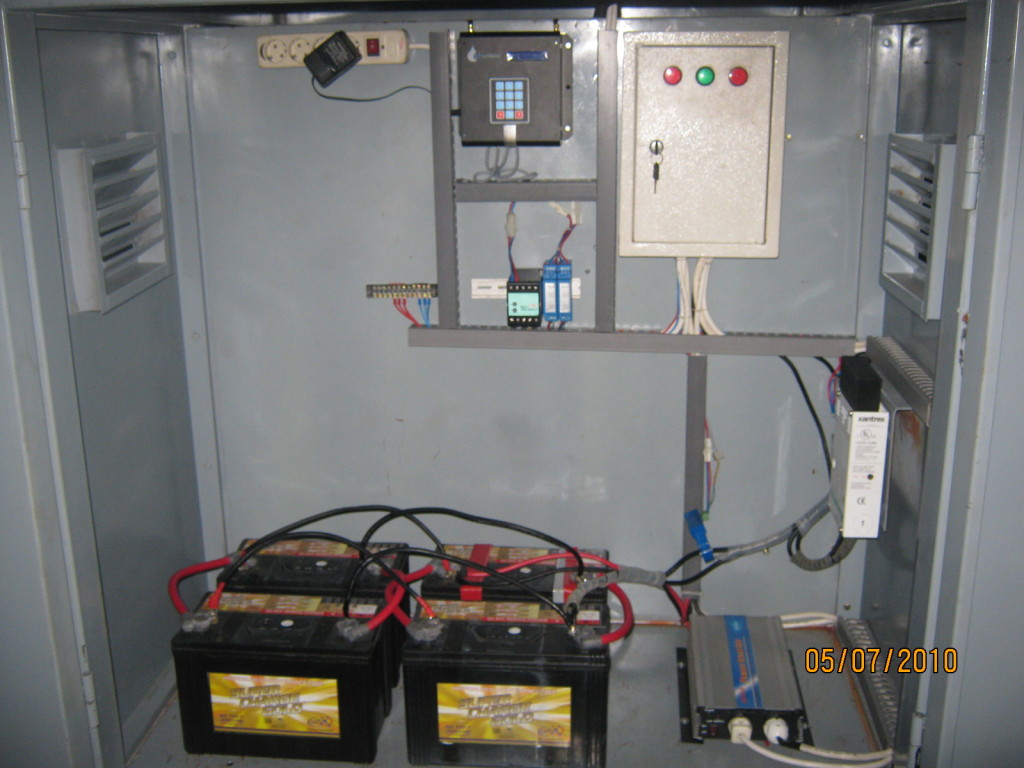Solar Village
One of the most challenging problem sets in developing countries is the lack of electricity in rural areas even in large cities, and its direct consequences due to the lack thereof, for example, clean water access, learning, study and communication possibilities.

The numbers for this basic need have been staggering, and there has been almost no improvement in this respect (source globalissues.org):
- Water problems affect half of humanity
- Some 1.1 billion people in developing countries have inadequate access to water, and 2.6 billion lack basic sanitation.
- Almost two in three people lacking access to clean water survive on less than $2 a day, with one in three living on less than $1 a day.
- More than 660 million people without sanitation live on less than $2 a day, and more than 385 million on less than $1 a day.
- Access to piped water into the household averages about 85% for the wealthiest 20% of the population, compared with 25% for the poorest 20%.
- 1.8 billion people who have access to a water source within 1 kilometre, but not in their house or yard, consume around 20 litres per day. In the United Kingdom the average person uses more than 50 litres of water a day flushing toilets (where average daily water usage is about 150 liters a day. The highest average water use in the world is in the US, at 600 liters day.)
- Some 1.8 million child deaths each year as a result of diarrhoea
- The loss of 443 million school days each year from water-related illness.
- Close to half of all people in developing countries suffering at any given time from a health problem caused by water and sanitation deficits.
- Millions of women spending several hours a day collecting water.
- To these human costs can be added the massive economic waste associated with the water and sanitation deficit.… The costs associated with health spending, productivity losses and labour diversions … are greatest in some of the poorest countries. Sub-Saharan Africa loses about 5% of GDP, or some $28.4 billion annually, a figure that exceeds total aid flows and debt relief to the region in 2003
SolarVillage is one potential product to improve the situation described above. It is designed to enable people living in villages and rural areas access to the basic necessities: clean water, electricity for school, computer and internet as well as cellular phone charging.
The main components for the SolarVillage are: Solar Panel to generate electricity, battery bank as energy storage and its main application such as water pump, UV sanitation light, refrigerator, computer and internet access as well as mobile phone charging.

The key advantage of L7 Systems’ SolarVillage is its competitive cost as well as its monitoring unit in order to maintain and monitor the health of installed units throughout their lifetime. One of the biggest problems in operating many SolarVillages is the maintainability as they are located mostly in rural areas. With the monitoring capability using i-Perform Software.

